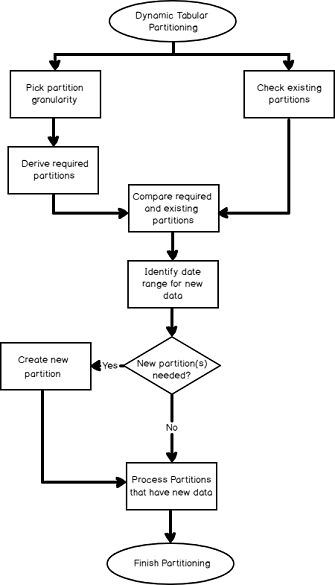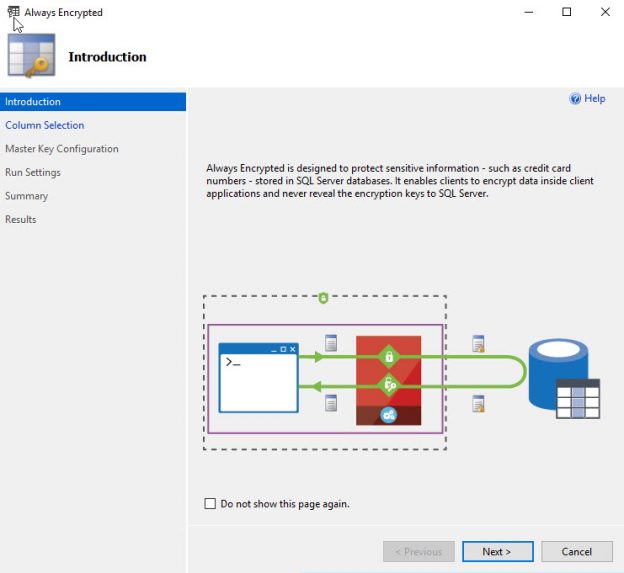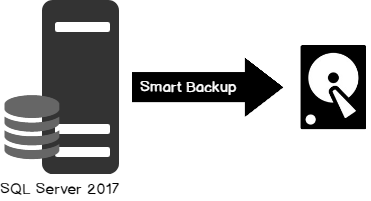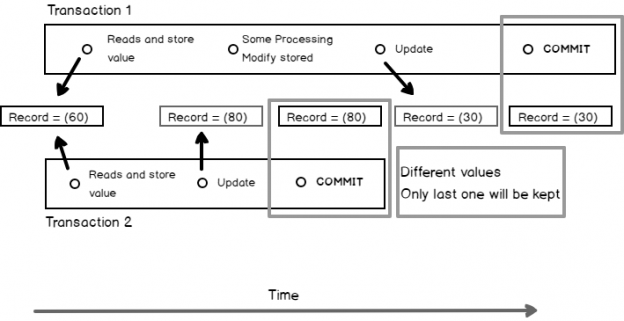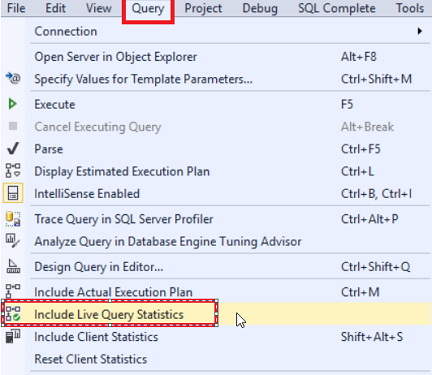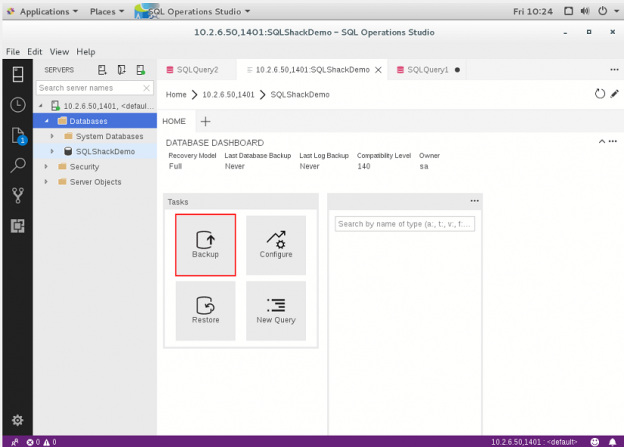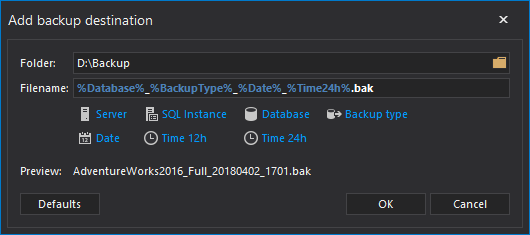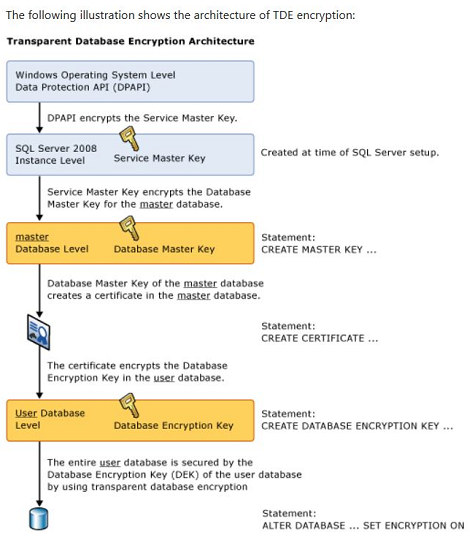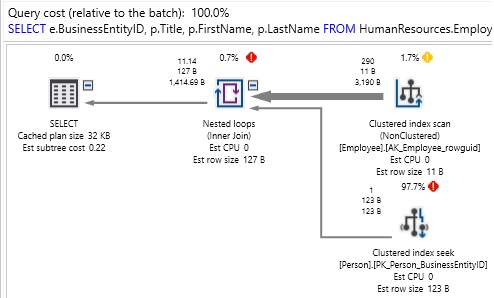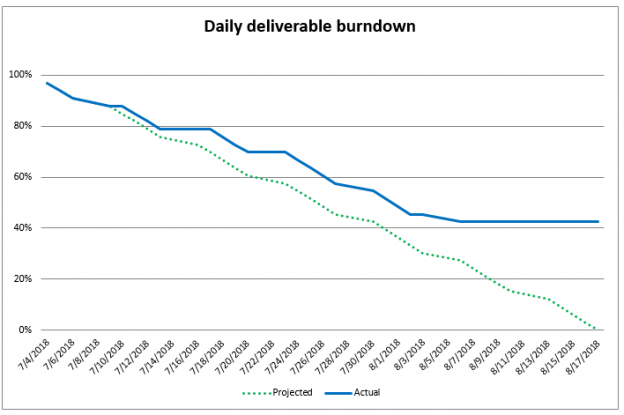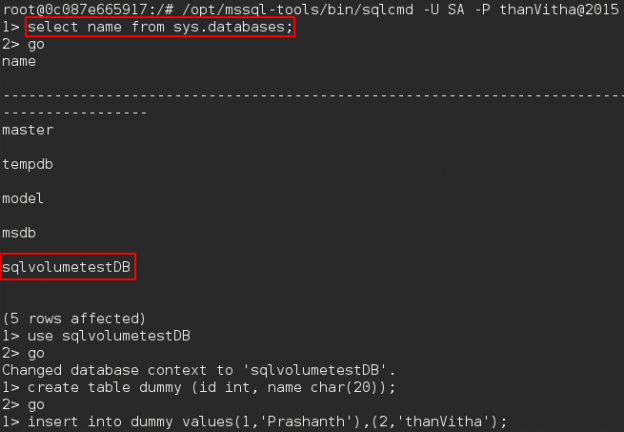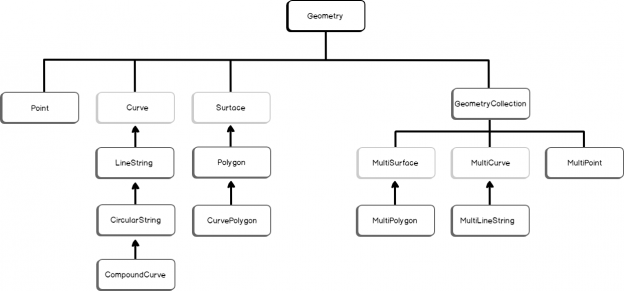Objective
The real-life requirement
Disclaimer: I assume dear Reader, that you are more than familiar with the general concept of partitioning and star schema modeling. The intended audience is people who used to be called BI developers in the past (with a good amount of experience), but they have all sorts of different titles nowadays that I can’t keep up with… I won’t provide a full Visual Studio solution that you can download and just run without any changes or configuration, but I will give you code can be used after parameterizing according to your own environment.
Read more »
